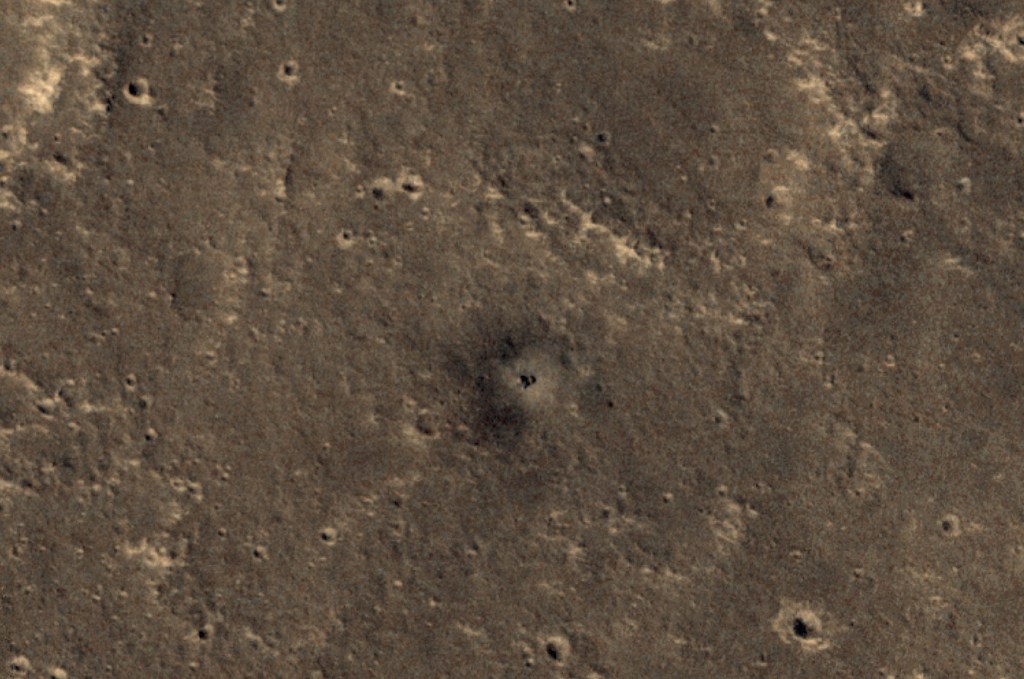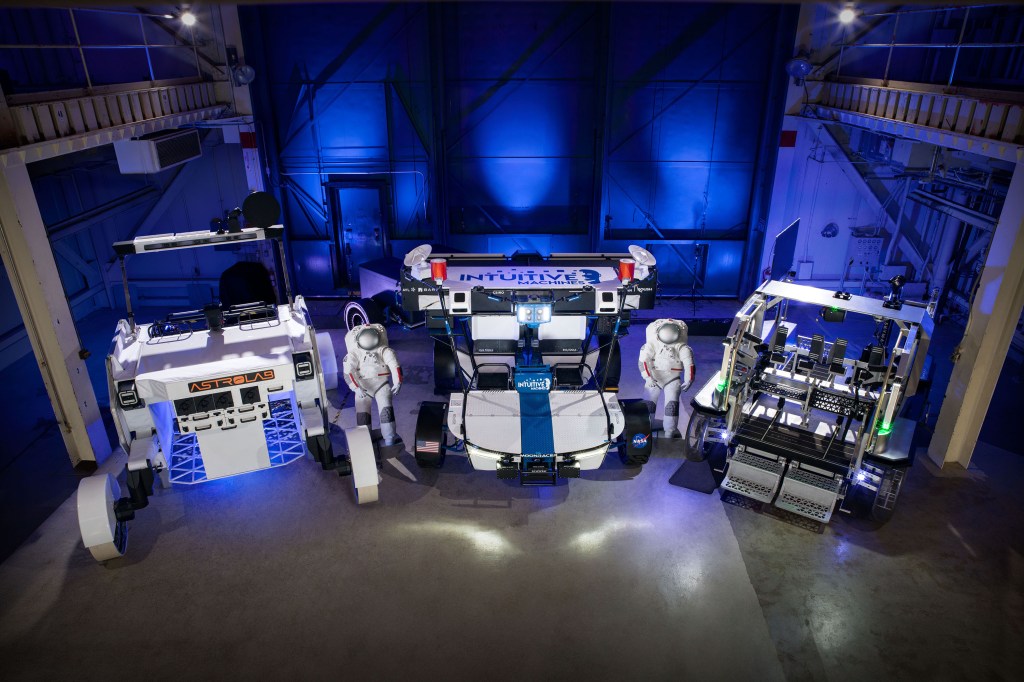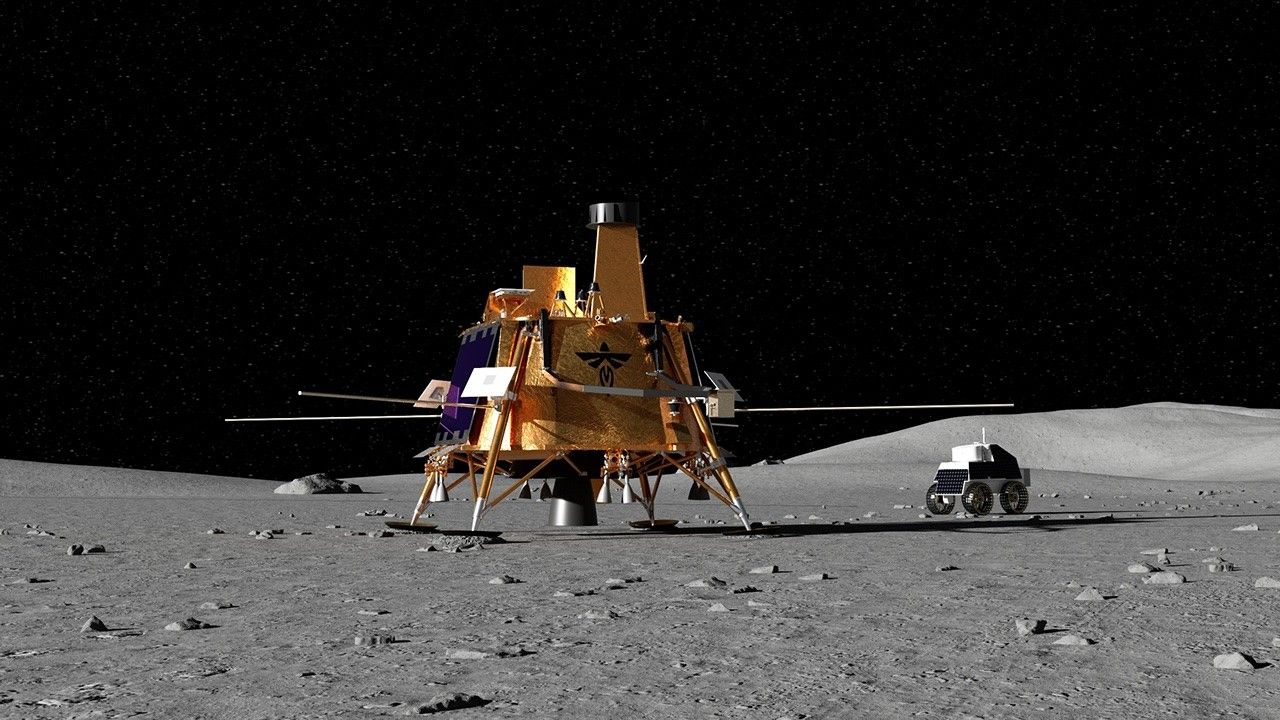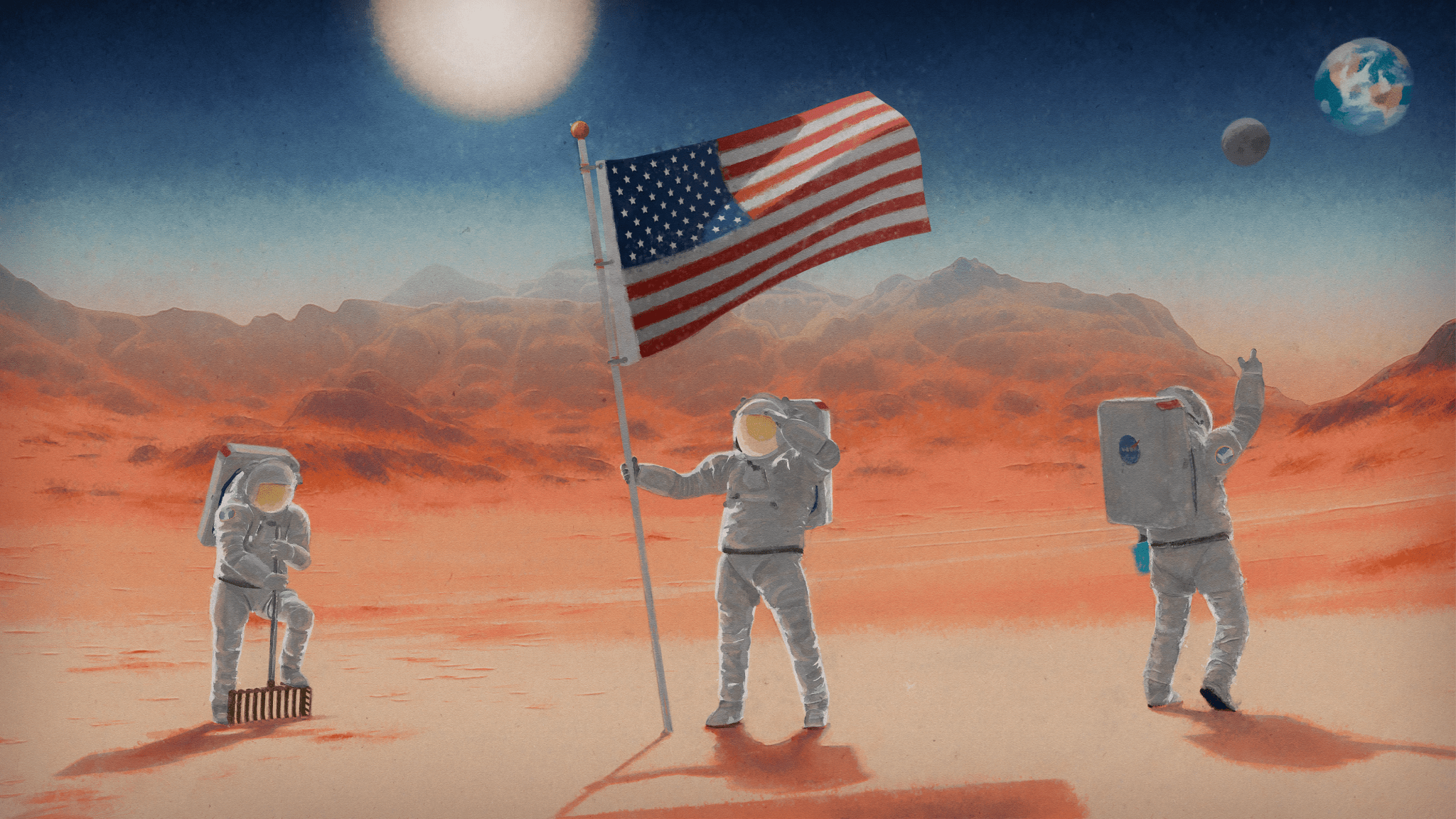Historical Context
Since the conclusion of the Apollo program, which saw humanity’s first steps on the Moon in the 1960s and 70s, the quest to return human explorers to the lunar surface and continue on to Mars has been a topic of continuous discussion, development, and analysis. Over the last 50 years, the agency has considered many different architectures that would resume crewed missions to the Moon or send them on to the Red Planet.
Each approach reflected the goals or focus of the environment or technologies available at that time. However, that interest and desire has not translated into flight missions until NASA’s Artemis campaign.
To ensure the long-term utilization of the Moon for science, discovery, and economic benefit and to set the stage for Mars exploration, the agency adopted and published NASA’s Moon to Mars Objectives. Then, the agency initiated an annual process to establish and evolve NASA’s Moon to Mars Architecture, the framework to achieve those objectives.
Documents
The Strategy and Objectives
NASA’s Moon to Mars Strategy applies rigorous and thoughtful systems engineering approach. Systems engineering distills NASA’s grand vision for science and exploration into attainable goals. This process involves establishing objectives, evaluating needs, appreciating risks, and understanding the broader context.
The strategy is not static; it is evolutionary. Annual analysis — in the form of the Architecture Concept Review cycle — realizes change in response to new technologies, discoveries, and priorities.
NASA’s Moon to Mars Objectives are the cornerstone of the agency’s strategy for crewed exploration of deep space. They establish and document an objectives-based — as opposed to capabilities-based — approach to human exploration. They focus on the big picture, the “what” and “why” of what NASA should be doing, before prescribing the “how” (e.g., a specific launch vehicle, technology, or acquisition approach).
To develop the objectives, NASA sought feedback from industry, academia, international partners, and the NASA workforce. The agency published them in September of 2022.
The objectives are broken into 10 areas, each with their own overarching goal:
| Lunar/Planetary Science | Address high priority planetary science questions that are best accomplished by on-site human explorers on and around the Moon and Mars, aided by surface and orbiting robotic systems. |
| Heliophysics Science | Address high priority heliophysics science and space weather questions that are best accomplished using a combination of human explorers and robotic systems at the Moon, at Mars, and in deep space. |
| Human and Biological Science | Advance understanding of how biology responds to the environments of the Moon, Mars, and deep space to advance fundamental knowledge, support safe, productive human space missions and reduce risks for future exploration. |
| Physics and Physical Science | Address high priority physics and physical science questions that are best accomplished by using unique attributes of the lunar environment. |
| Science-Enabling | Develop integrated human and robotic methods and advanced techniques that enable high-priority scientific questions to be addressed around and on the Moon and Mars. |
| Applied Science | Conduct science on the Moon, in cislunar space, and around and on Mars using integrated human and robotic methods and advanced techniques, to inform design and development of exploration systems and enable safe operations. |
| Lunar Infrastructure | Create an interoperable global lunar utilization infrastructure where U.S. industry and international partners can maintain continuous robotic and human presence on the lunar surface for a robust lunar economy without NASA as the sole user, while accomplishing science objectives and testing for Mars. |
| Mars Infrastructure | Create essential infrastructure to support initial human Mars exploration campaign. |
| Transportation and Habitation | Develop and demonstrate an integrated system of systems to conduct a campaign of human exploration missions to the Moon and Mars, while living and working on the lunar and Martian surface, with safe return to Earth. |
| Operations | Conduct human missions on the surface and around the Moon followed by missions to Mars. Using a gradual build-up approach, these missions will demonstrate technologies and operations to live and work on a planetary surface other than Earth, with a safe return to Earth at the completion of the missions. |
The objectives also include recurring tenets, common themes across the objectives:
| International Collaboration | Partner with international community to achieve common goals and objectives. |
| Industry Collaboration | Partner with U.S. industry to achieve common goals and objectives. |
| Crew Return | Return crews safely to Earth while mitigating adverse impacts to crew health. |
| Crew Time | Maximize crew time available for science and engineering activities within planned mission durations. |
| Maintainability and Reuse | When practical, design systems for maintainability, reuse, and/or recycling to support the long-term sustainability of operations and increase Earth independence. |
| Responsible Use | Conduct all activities for the exploration and use of outer space for peaceful purposes consistent with international obligations, and principles for responsible behavior in space. |
| Interoperability | Enable interoperability and commonality (technical, operations and process standards) among systems, elements, and crews throughout the campaign. |
| Leverage Low-Earth Orbit | Leverage infrastructure in low-Earth orbit to support Moon to Mars activities. |
| Commerce and Space Development | Foster the expansion of the economic sphere beyond Earth orbit to support U.S. industry and innovation. |






























